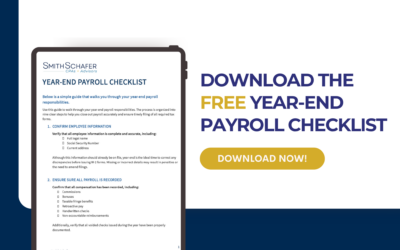Disaster Relief Payment Questions Answered
Disaster relief payments to employees may be a beneficial way to assist employees with Covid-related expenses.
Employers can issue tax-free disaster payments to their employees under Section 139 of the Internal Revenue Code. The payments are deductible for the employer, but not included in the income of the employee.
What is a disaster relief payment?
A qualified disaster relief payment is any amount paid to reimburse or pay reasonable and necessary personal, family, living, or funeral expenses incurred as a result of a qualified disaster. It does not apply to payments that would be income replacement, such as lost wages, or unemployment. Owners are not eligible to participate in the plan.
Do I need to have an accountable plan?
Payments can be made either as a part of an accountable plan (reimbursement for actual expense) or can be made in an amount that can reasonably be expected to coincide with the expenses that are incurred by employees.
Is a written plan required?
No written plan is required, but it is highly recommended that the employer establish a written plan for the expense payments or reimbursements to outline who is covered by the plan and what expenses will be paid or reimbursed.
What expenses are qualified?
There is not a defined list of expenses that would be qualified, but some examples include:
- Unreimbursed medical expenses related to Covid
- Expenses related to telecommuting
- Expenses related to stay-at-home orders or self-quarantining
- Expenses related to sanitation measures
- Costs related to school or daycare closures
Can I estimate an amount to pay to my employees?
Yes, as long as the amount of the payments can reasonably be expected to coincide with the expenses that are incurred by employees. Documentation as to how the reasonable amount was determined should be considered.
Can I use my PPP funds for these payments?
At this time we do not believe that the disaster relief payments will qualify for PPP.
PPP funds can be used for qualifying payroll costs, including: “Salary, wages, commissions, or tips (capped at $100,000 on an annualized basis for each employee); Employee benefits including costs for vacation, parental, family, medical, or sick leave; allowance for separation or dismissal; payments required for the provisions of group health care benefits including insurance premiums; and payment of any retirement benefit; and State and local taxes assessed on compensation.”
It is unknown whether the payment of the disaster relief reimbursement will qualify as an “employee benefit” for purposes payroll costs, but it seems unlikely that it will qualify.



